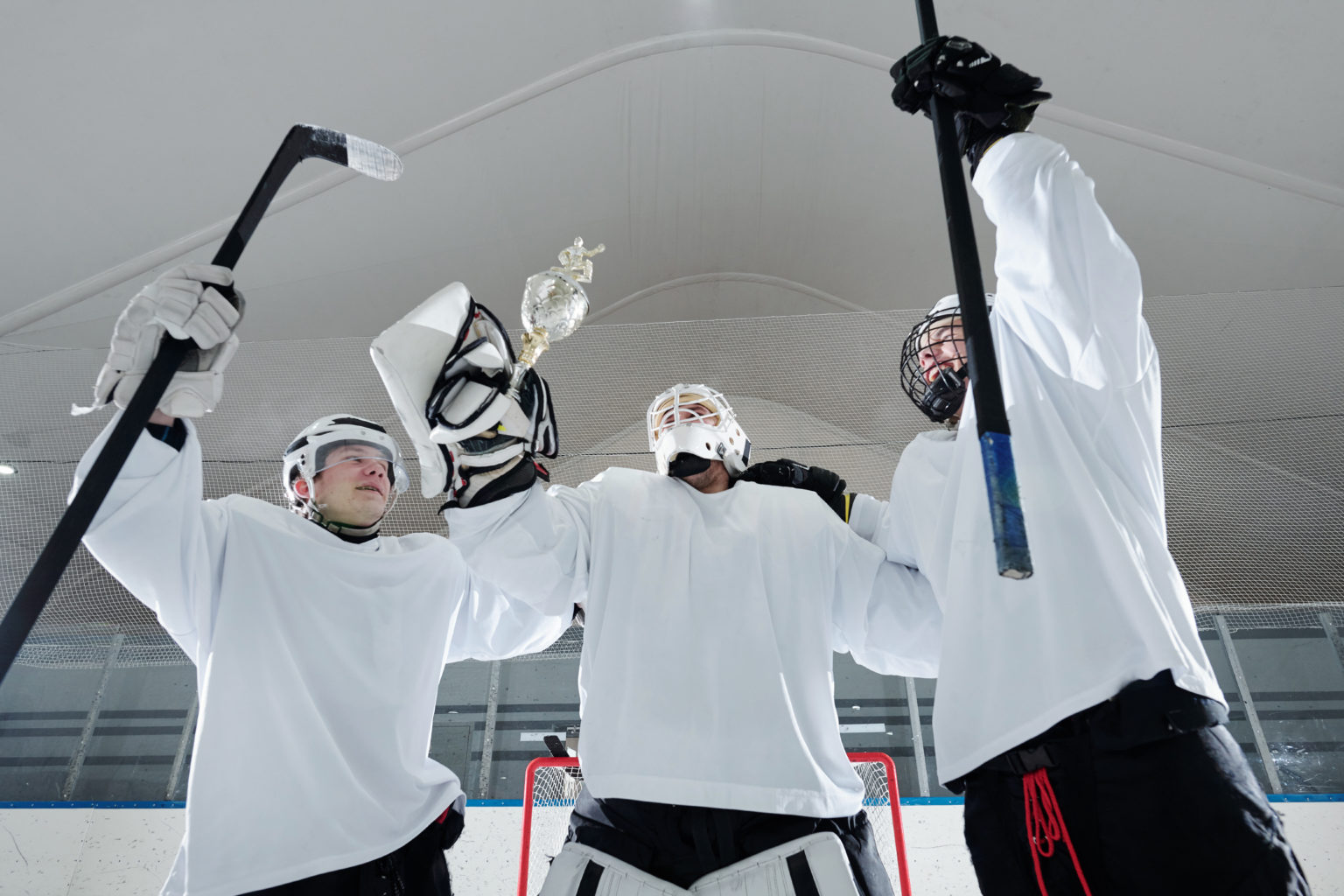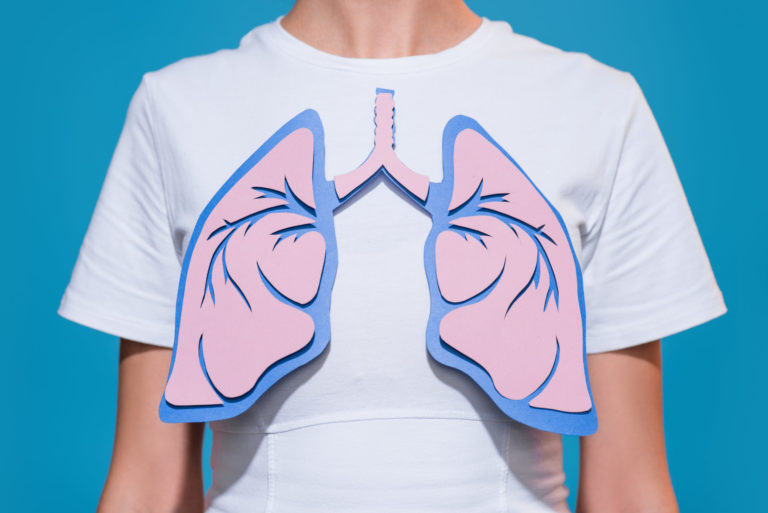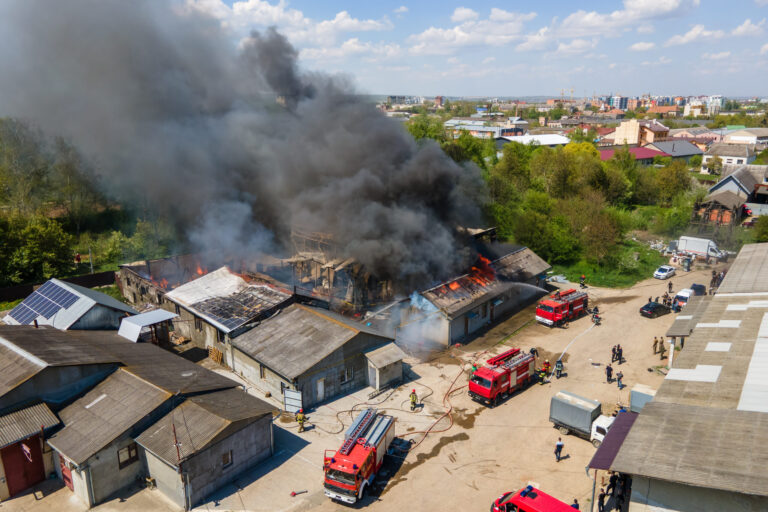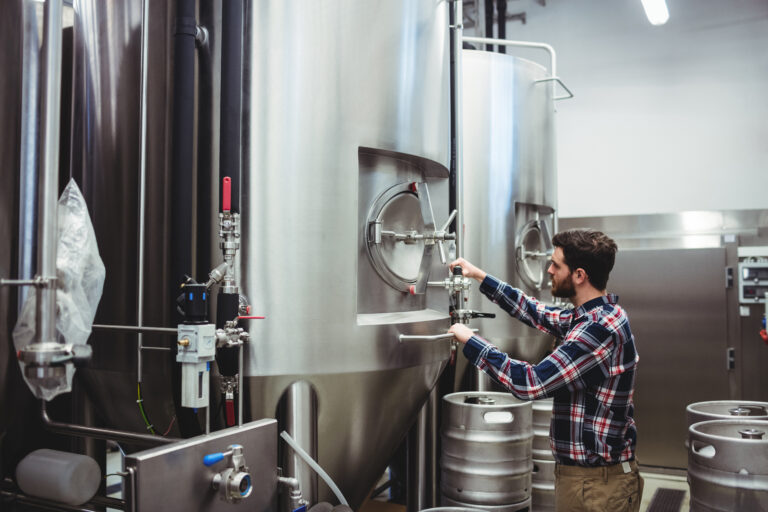Hockey is a fast-paced game that is full of action. There is always something happening on the ice, whether it is a goal being scored, a big hit, or a spectacular save. Hockey is also a very unpredictable sport. No one knows which team is going to win until the final whistle blows. This makes hockey games highly suspenseful and exciting to watch.
Hockey is a very challenging sport. Players must be able to skate well, handle the puck, and make quick decisions. It takes a lot of hard work to become the best of the best. Keep reading to learn more about what it takes to become a great hockey player like Jacob Panetta.
Stamina

The act of skating, shooting, and stickhandling in hockey is an extremely strenuous activity. Players must have a high level of stamina to be successful on the ice.
One of the most important aspects of stamina for hockey players is the ability to maintain a high level of intensity throughout a game. This is especially important for forwards and defensemen, who are constantly skating up and down the ice and need to be able to make quick bursts of energy to attack or defend the puck. In addition to skating, stamina is also important for players when battling for the puck in the corners or in front of the net. Being able to outlast the opponent to get the puck or score a goal is a major advantage. Finally, stamina is also important for goaltenders, who have to make save after save and often have to do so while under heavy pressure from the opposing team.
Speed

There’s no question that speed is a critical component of hockey. It’s what allows players to skate past opponents, create chances for themselves and their teammates, and score goals.
There are a number of factors that contribute to speed in hockey, including stride length, stride frequency, and agility. Stride length is the distance a player covers with each stride. The longer the stride, the faster the player can skate. Stride frequency is the number of strides a player takes per minute. The higher the stride frequency, the faster the player can skate. And agility is the ability to change direction quickly and effectively.
Agility
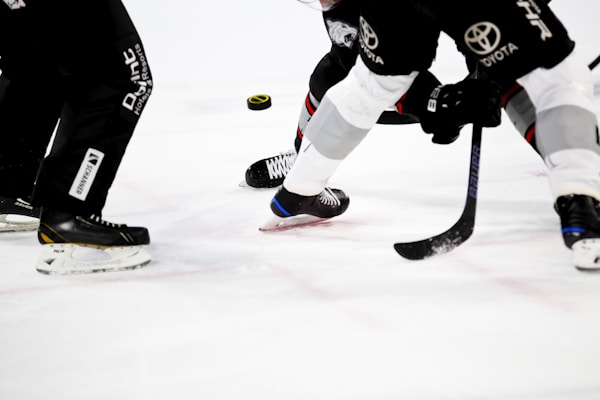
Skaters who can make quick, agile moves in all directions are able to outmaneuver their opponents and create scoring opportunities. Agility allows players to change direction quickly, make cuts and dekes, and get around defenders. Agility is important for not only offensive players but also defensive players. A good defenseman needs to be able to move quickly side-to-side to keep up with the forwards, as well as to block shots and intercept passes.
Agility is a skill that can be developed through practice. Players can do exercises to improve their agility, such as skating drills, cone drills, and jumping drills. It is important to focus on improving both your lower body and upper body agility.
Strength
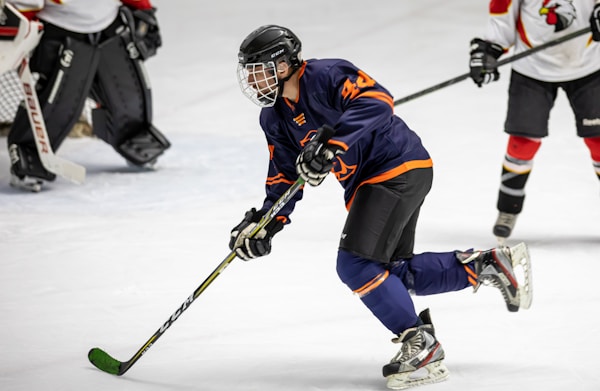
Strength can help players win battles for the puck, fend off opponents, and make plays in tight spaces. And while there are many different types of strength, one of the most important is muscular endurance.
Muscular endurance is the ability of a muscle to repeatedly exert force over an extended period of time. In hockey, this is key for players who need to be strong on the puck and make quick, powerful moves. Muscular endurance also helps players keep up their intensity over the course of a game or practice, which can be especially important in playoff games or overtime periods.
There are many ways to improve muscular endurance, but one of the most effective is weight training. Weight training not only helps players increase their muscle mass but also improves the efficiency of the muscle fibers, allowing them to produce more force for a longer period of time.
Overall, the greatest hockey players who possess all of these skills are a testament to the athleticism of the sport. They have collectively inspired others to play the game and pushed the limits of what is possible.

